Flutter with its reputation for creating beautiful and high-performance mobile apps, has become a go-to framework that any mobile developer wants to master. But how to become a Flutter dev?
I will provide you with a 10-step roadmap of vital knowledge and skills. What you need to do now is to get ready to master Flutter development!
Who Is A Flutter Developer?
A Flutter developer (dev) is a skilled software engineer specializing in creating mobile apps using the Flutter framework.
Flutter is an open-source UI toolkit of Google designed to build natively compiled mobile, web, and desktop apps from a single codebase.
In the modern app development landscape, these developers are crucial due to Flutter’s ability to deliver high-quality, cross-platform apps.
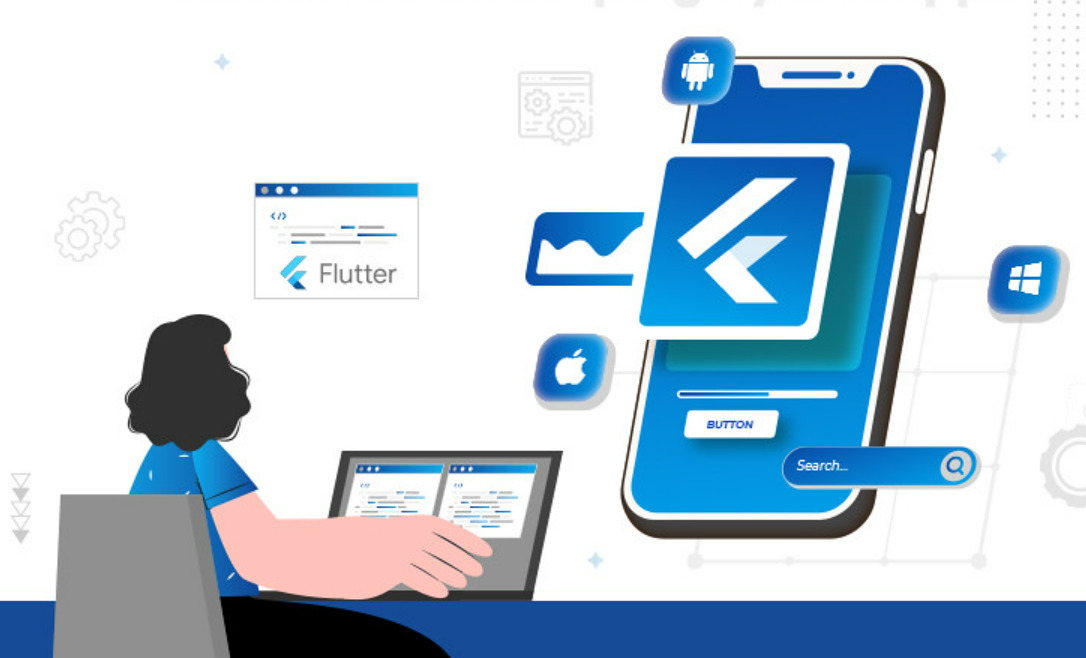
Roles and Responsibilities
The specific tasks and responsibilities of each Flutter dev can vary depending on their role within a development team and the project’s requirements. Yet, here are some primary tasks for this position:
- Building apps: Use a programming language called Dart to write code for making mobile apps.
- Cross-platform development: Make apps that work across multiple platforms, including Android and iOS.
- UI/UX design: Work with designers to ensure the app looks nice and works well on all devices.
- Testing and debugging: Check the app for problems and fix them.
- Optimization: Optimize app performance for speed and efficiency, ensuring that apps run smoothly and load quickly.
- Integration: Add cool features like maps or login buttons to the app.
- Documentation: Create and maintain documentation for projects.
- Maintenance and updates: After the app is out, Flutter developers keep it updated and fix any pop-up issues.
Required Skills
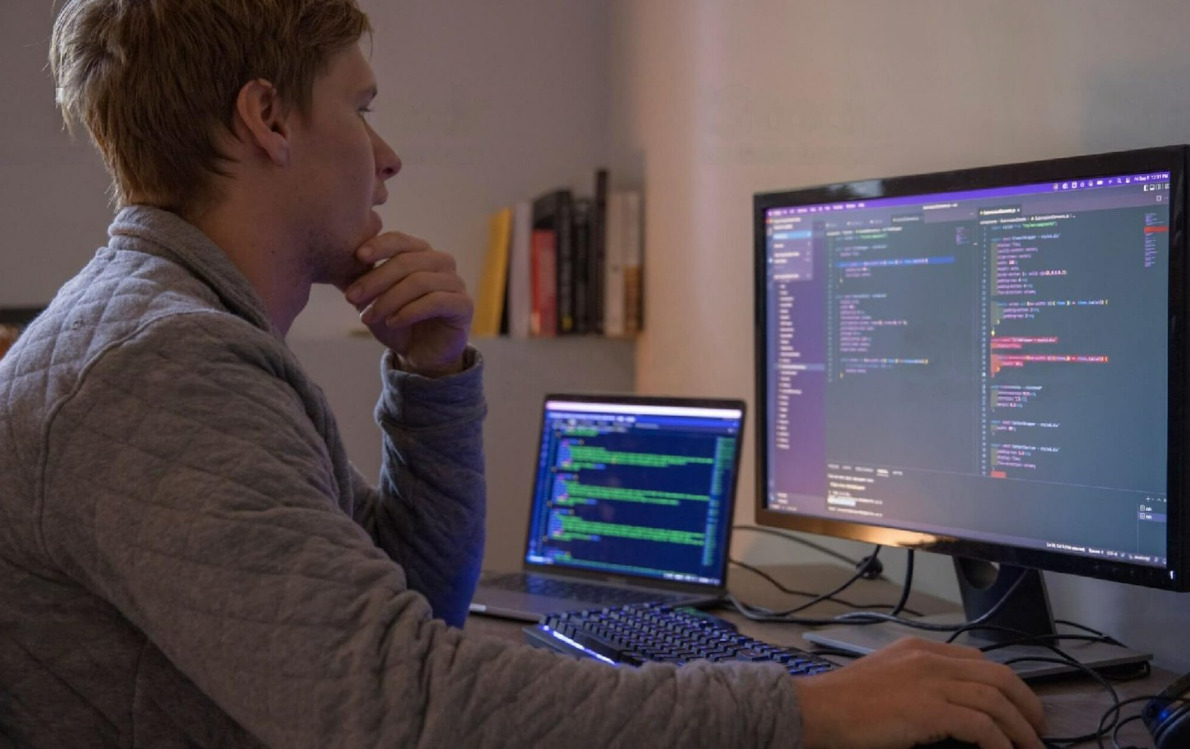
When recruiting a Flutter dev, employers require candidates to have the following skills:
- Flutter framework knowledge: You need to know the ins and outs of the Flutter framework, including its tools and widgets, how to navigate within apps, and how to create animations and layouts.
- Dart programming: Dart is the language you’ll use to write code for Flutter. So, be comfortable with it and understand its functions, variables, and classes.
- Mobile app experience: Knowing how mobile apps work is vital. You should be familiar with how apps are built, how data is stored, how they communicate with the internet, and how to make them look good.
- Version control tools: You should know how to use GitHub, Git, and Bitbucket. These help keep track of changes in your code and work well with a team.
- Design and engineering concepts: You should understand the basics of design patterns (like how to structure your code) and engineering principles of software. These ensure your code is organized and efficient.
- Communication: Be able to talk and work well with other team members, designers, managers, and clients.
- Learning and adapting: Flutter keeps changing and improving. So, you should enjoy learning new things and trying new tools and ideas.
- Problem-solving: You’ll face issues and bugs. So, you need to be good at figuring out and fixing the problems.
How To Become A Flutter Developer
Here are ten steps to getting this exciting job, from learning the basics and honing essential skills to gaining practical experience!
1. Learn The Programming Basics
As a Flutter developer, one of the fundamental building blocks of my expertise is a solid grasp of programming basics.
So, before you apply for this job, the first thing you need to learn is the basics of programming. Here’s what you need to know:
- Variables: Understand how to use them to store information.
- Data types: Learn which type to use for different tasks.
- Control structures: Learn to use them to dictate the flow of apps.
- Functions: Know how to create and use them for specific tasks.
- Object-oriented programming (OOP): Learn to organize and structure code efficiently with OOP.
For those new to programming, I highly recommend starting with a simple language like Python. Python is renowned for its readability and ease of learning. It offers a gentle learning curve, allowing you to grasp core concepts.
2. Understand Dart
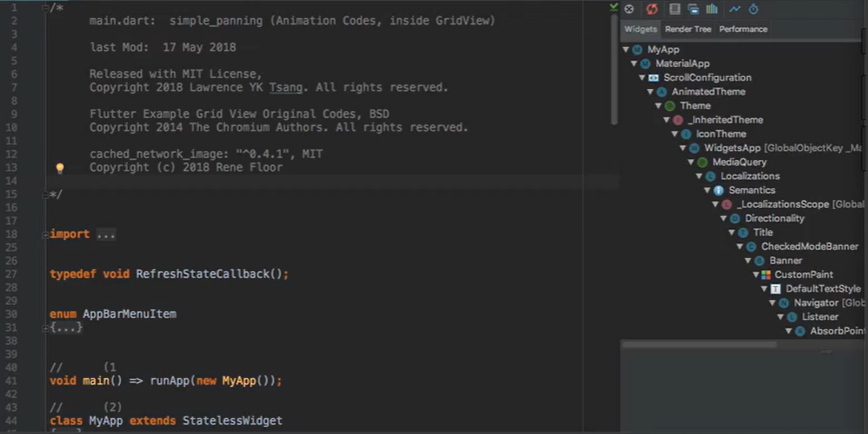
As a Flutter developer, understanding Dart is essential because it’s the primary language used in this framework.
But don’t worry, this language is easy, especially if you have prior experience with languages like Java or JavaScript because its syntax (the way you write code) is quite similar to these popular languages.
To start your Dart journey, you have various options. Online platforms like Coursera or Udemy offer Dart courses that cover the basics. These courses provide a structured learning path and often include practical projects.
Otherwise, you can find free resources and documentation on the official Dart website. This option is a great starting point if you prefer a self-paced approach to learning.
3. Learn Flutter
You’ve got the foundation after learning the basics of programming and Dart! The next big step is to learn Flutter by diving into its official documentation. You can find detailed guides and explanations of how this framework works there.
When I was new to Flutter, this documentation was where I found answers to questions and solutions to challenges. It also inspired me to create the first mobile apps. So, you should study it carefully!
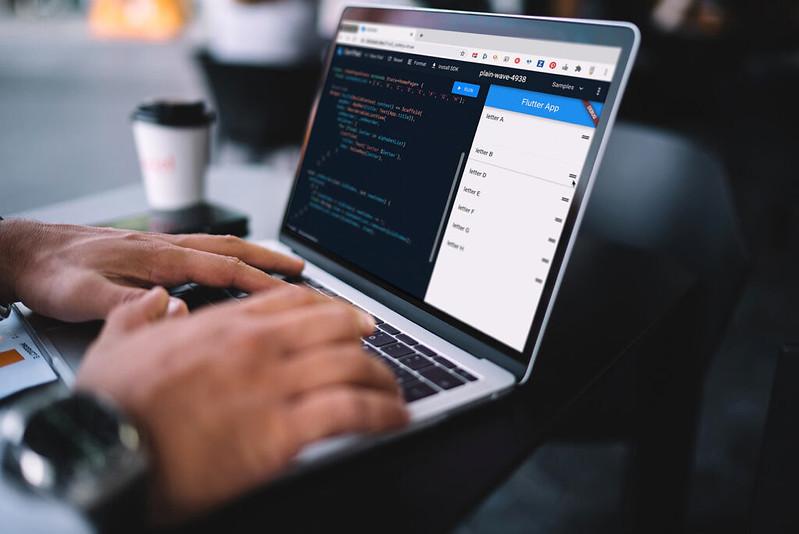
4. Master API Calls
Once you’ve become comfortable creating the app’s UI, it’s time to learn about the API calls. API calls are your app’s channels of talking to external data sources, like getting information from the internet or sending data to a server.
So why should you master API calls?
- They let your app show real-time data, like weather updates or news, so users always get fresh info.
- They help your app respond when users do things, like sending messages or searching, for example.
- They let you keep data safe and secure, which is vital for user privacy.
- They help you add cool features.
To get good at this, you’ll need to grasp these concepts:
- HTTP requests
- RESTful APIs
- Authentication methods
- Handling data responses
Then, you can practice these API calls by connecting your app to sample APIs or creating your backend services.
5. Learn Database Integration
Once you’ve got the hang of using API calls in Flutter, the next important step is to know how to work with databases. Databases are digital storage spaces where your app keeps vital data (user profiles, settings, etc.)
Currently, Flutter offers various options for database integration:
- Supabase and Firebase: These are cloud-based databases to store and share data on the internet in real time.
- Hive, SQFLite, and Moor: These are local databases (store data on the user’s device). They’re for apps that work even when there’s no internet connection and need to be super fast.
Learning to use Flutter databases helps you manage data, whether it’s user accounts, app content, or anything else your app needs. It’s a fundamental skill that makes your Flutter apps work smoothly and have a great UX.
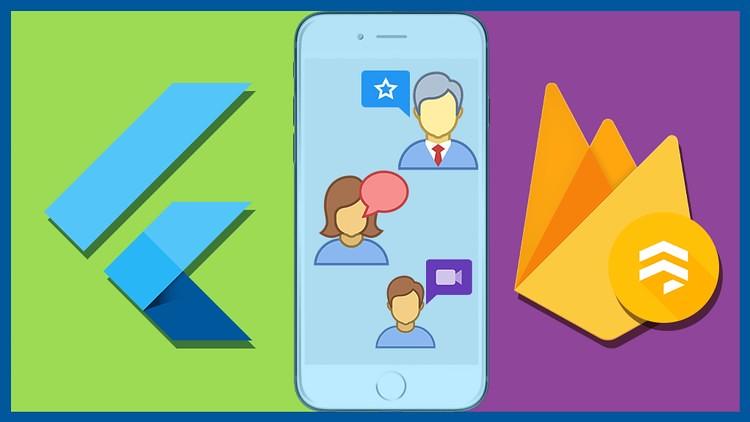
6. Learn Project Architecture (Structure)
Next, you need to understand project architecture (the structure of your app). This structure defines how all the different pieces of your app fit together. Here’s why it’s important:
- A well-structured app makes it easier to find what you need. When your app’s code is organized, it’s easier to work with.
- A good architecture ensures your app can grow and change without becoming a mess.
- If you’re working with others, a clear project structure helps everyone understand and work together smoothly.
Flutter offers various ways to structure your projects. Some are BLoC, Provider, and MVVM. These are templates that you can follow to organize your code effectively.
7. Work On Small Projects
Working on small projects is an approach to gaining practical experience and building skills. You should start by choosing a small and achievable project idea, for example:
- A simple task manager
- A weather app
- A calculator
- A basic note-taking app
Before diving into coding, you need to outline the project’s features, UI design, and features. Sketch out how you want the app to look and function. This planning phase helps you stay organized and focused.
I recommend applying Flutter’s best practices for code structure, organization, and naming conventions to write clean and maintainable code.
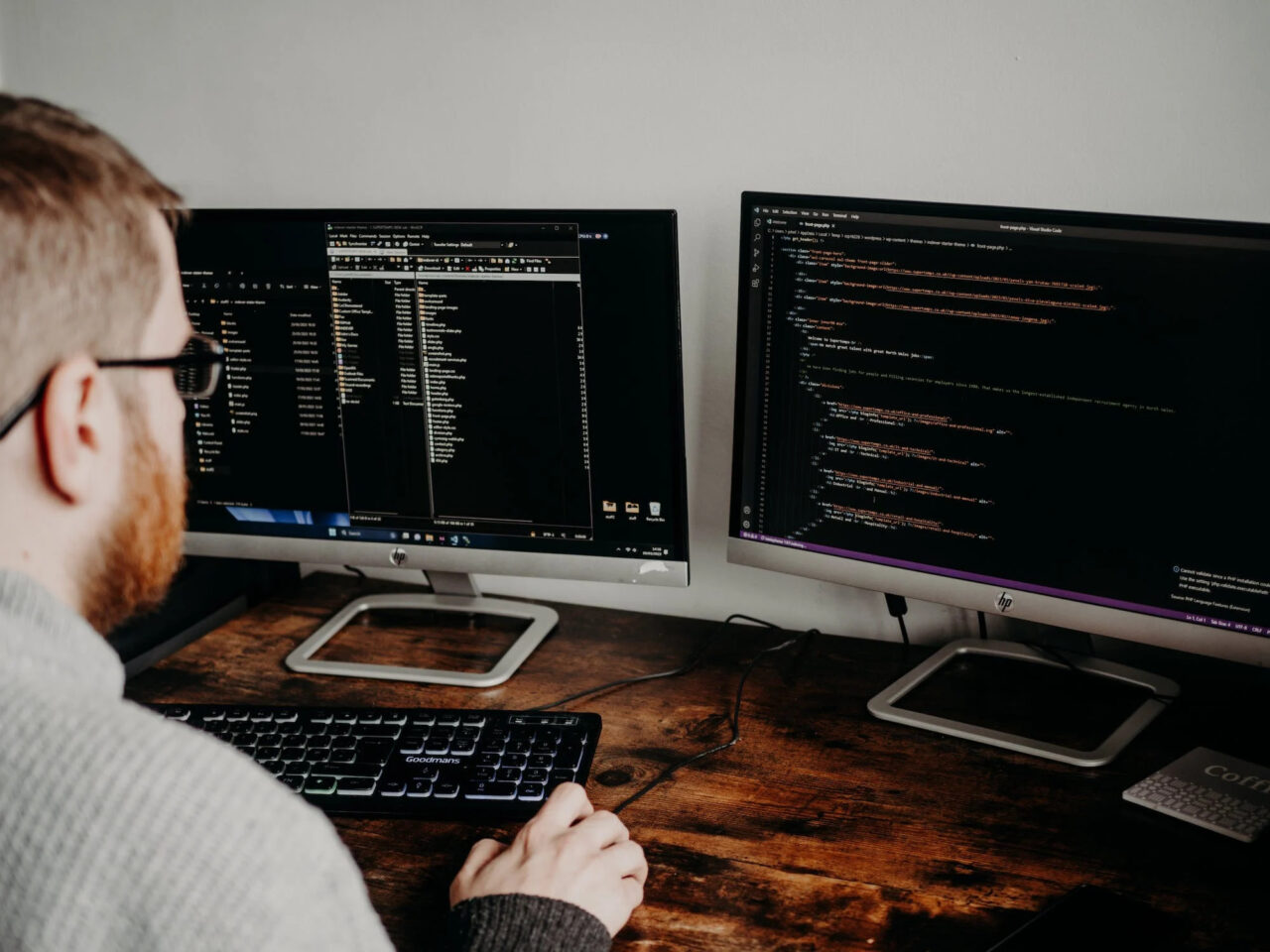
8. Join The Flutter Community
Currently, the Flutter community is active and growing. So, one tip to become a successful Flutter dev is to join this community to meet and network with experts in the field. This way, you can learn and update new things.
So, where should you look for the Flutter community? You can join in meetups or online forums like StackOverflow and Reddit.
You can build relationships with Flutter experts on these platforms by starting conversations and interacting with them.
Because these experts love to share their experiences with young people who are always curious to learn new things, you should show your passion when talking to them.
9. Learn About State Management
As your app grows, it deals with lots of information, for example, user input and data from the internet. In this case, state management keeps track of and manages this data. So, you need to learn and be familiar with state management.
Fortunately, Flutter offers different tools to manage the state. Some are Provider, BLoC, Redux, and MobX. Each is suitable for different scenarios. So, choosing the right one depends on your project’s requirements and complexity.
Your app can become slow and unresponsive if you don’t manage the state well. So, be serious when learning how to handle state efficiently to keep your app running smoothly.
10 Keep Up-To-Date and Create A Portfolio
Over the years, we have seen the rapid development of Flutter. So, if you don’t keep up with industry trends, you won’t be able to do well as a Flutter developer.
Updating these trends is very easy! My way is to regularly read materials on reputable websites and blogs of industry experts. I often attend meetups and conferences to keep updated with the latest news.
Finally, an essential step in this process is to create a portfolio to showcase your abilities. In your portfolio, list some of the outstanding Flutter projects you’ve worked on (the most prominent ones).
Through your portfolio, employers will know your value and abilities. They’ll know if you have what they’re looking for. So, create an impressive portfolio and look for job opportunities!
Why Should You Choose Flutter?
If you want to be a mobile dev, Flutter is a good choice because it is easy to use, saves time, looks good, and has great support.
- Simple language: Flutter uses the Dart language, which is easy to learn, even if you’re new to programming.
- Saves time: With Flutter, you can make apps for both iPhones and Android phones using the same code for less work and faster development.
- Easy testing: Flutter has a testing feature called hot-reload. It helps developers quickly see changes they make to the app, making testing and fixing problems much easier.
- Cool customization: Flutter offers a rich set of customizable widgets, ensuring a native-like UX.
- Strong support: Google supports Flutter, and there’s a big community of developers helping you if you run into issues.
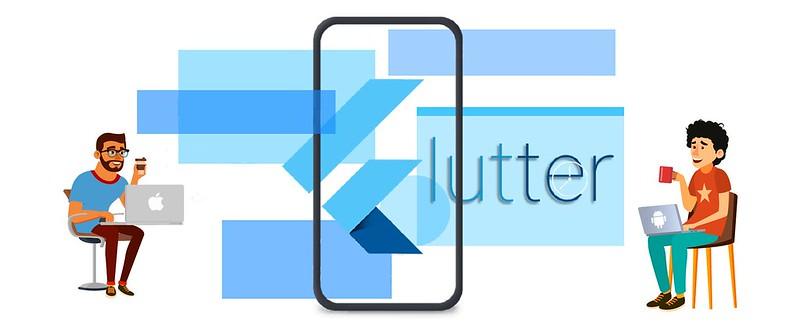
FAQs
Is Flutter Developer A Good Career?
Yes. Its salary and job outlook are good. It offers competitive compensation with a total pay range of $71,000 to $125,000 per year in 2023. Also, Flutter is more and more popular, so a career in Flutter has many chances for growth.
Is Flutter Easy To Develop?
Yes. Flutter is relatively easy to learn and develop, especially for those with prior programming experience. Its simplicity comes from a user-friendly language (Dart) and a wealth of documentation and community support.
Are Flutter Developers In Demand?
The answer is yes. The versatility and efficiency of Flutter in cross-platform app development have led to increased adoption by companies. As a result, it creates a strong demand for developers skilled in this framework.
Conclusion
From my sharing above, I hope you understand the roadmap to becoming a Flutter developer. It is a long process, but not too challenging to do!
Now, let’s start learning the basics, including programming and Flutter. Then, apply what you learn to real-life projects to gain experience in the field.
Stay updated with industry trends and become a successful Flutter developer!
